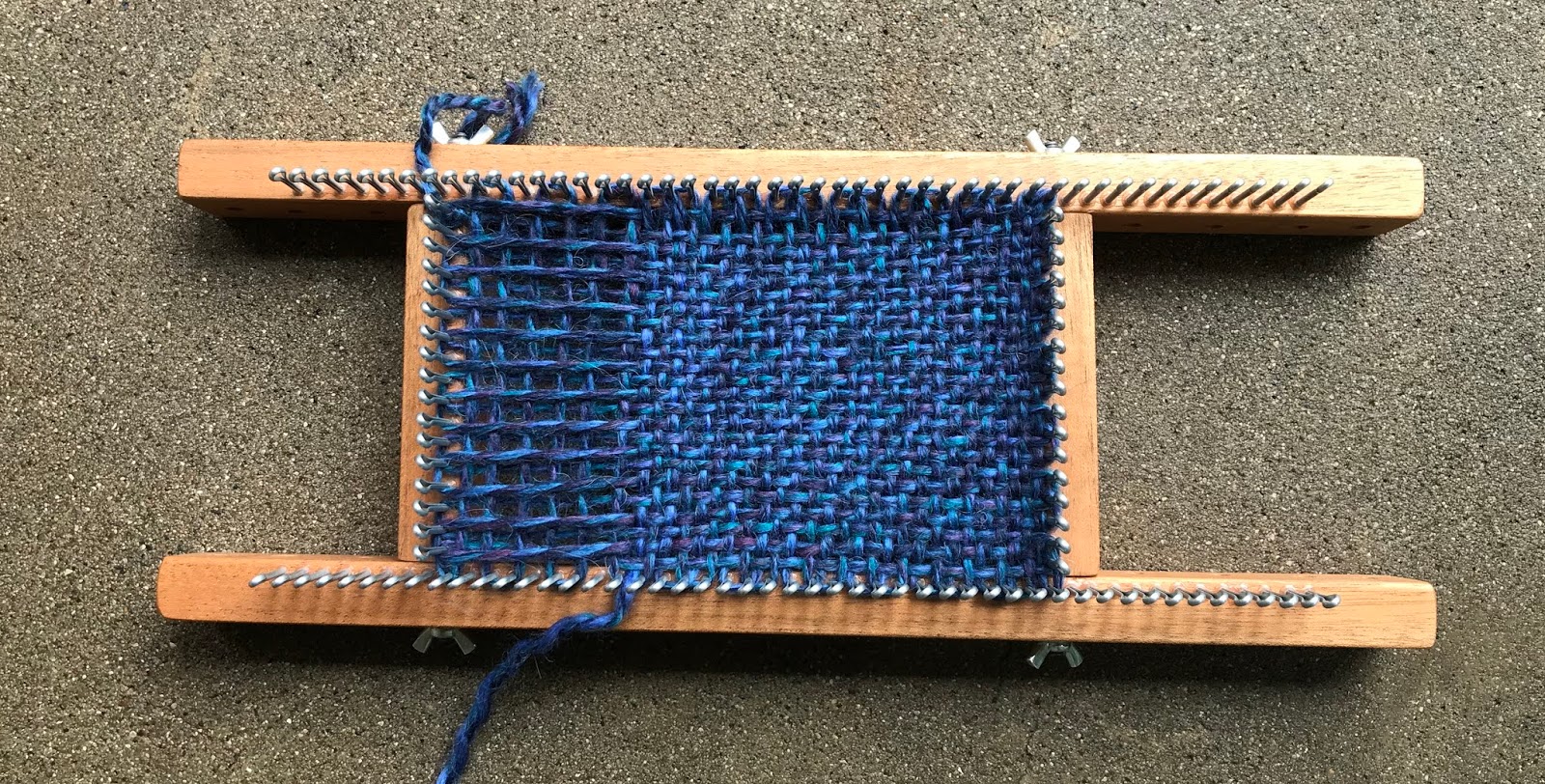
Narrow strips of cloth are woven and then joined to form unstitched garments which they drape themselves in. Also the weaver is not limited by how many colours she can use in the weft, thus creating very striking designs that are timeless. The advantage that lies with these looms is the unlimited scope that they offer for designing as replicating abstract geometric patterns are limitless. During planting and harvest season, one rarely sees any weaving happening as everyone is out in the fields pitching in, agriculture is the primary occupation. During the monsoons these women set up loom inside their homes. Most women get together in a courtyard outside their houses and set up loom once done with the daily house work and the atmosphere is quite relaxed and informal. In the these states, weaving is more of a traditional custom, than an occupation. In certain parts of the world these are also known as lion looms. Leather or cloth band is used to fix the loom around the woman’s back to provide stability while weaving, hence the name back strap loom. Low in cost, these looms have no permanent fixtures and are easily portable.

This is in sharp contrast to traditional weaving in other parts of India where weaving is done by the men generally. These weavers are women and practice their craft on a very primitive loom, which are simple in construction and easy of operation. There are over three lakh weavers, in Assam, Manipur, Mizoram, Meghalaya, Tripura, Arunachal Pradesh and Nagaland, the seven north-eastern states of India. Sometimes at night when I am sleepless, I recall those colours and my grandmother softly spinning her yarns.


I have a soft spot for back strap looms, as these were the first looms I ever saw and the brilliant colours that were laid out and woven together to form a third colour or pattern still fascinate me even after spending 20 odd years as a weaver and designing for the textile market.


 0 kommentar(er)
0 kommentar(er)
